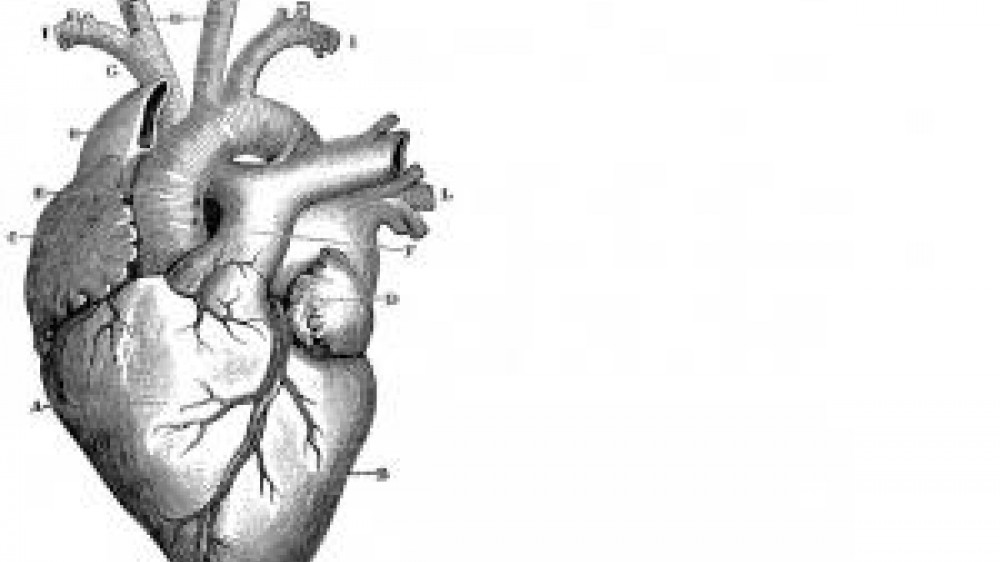Funding for PhD studentships in cardiovascular research

This year we have funding for three PhD studentships as part of our collaboration with the British Heart Foundation (BHF).
In her latest blog, NC3Rs Chief Executive Dr Vicky Robinson describes the background to the collaboration and the opportunities to apply the 3Rs to cardiovascular research.
Use of animals in cardiovascular research and drug development
Cardiovascular diseases are multi-factorial and recreating in model systems the complexities of disease pathogenesis (including genetics, co-morbidities, lifestyle and other environmental risk factors) can be challenging.
Animal models are used in basic cardiovascular research as well as in drug efficacy and safety studies. In 2015, the Home Office statistics show that 83,761 animals were used in basic research in the category ‘cardiovascular, blood and lymphatic’ in Great Britain and a further 7,447 for translational/applied research in ‘human cardiovascular disorders’. Although there is no breakdown by specific disease area, these figures will include the full spectrum of cardiovascular disease research from predicting the behaviour of atherosclerotic plaques, through to understanding the disturbances in heart rhythm that lead to atrial fibrillation or the molecular basis of heart failure. Procedures performed on animals for the purpose of cardiovascular research typically include genetic modification, surgery and the administration of substances - many of the procedures can involve significant pain and suffering. Experimental endpoints such as infarct size can be highly variable between animals, reducing sensitivity and increasing the number of animals required to power studies.
Despite considerable investment, there remains a critical lack of new therapeutic approaches to tackle cardiovascular diseases. This may in part reflect questions around the utility and predictivity of some animal models to human cardiovascular disease. For example, there can be scepticism about the use of mice for some studies because of their very high heart rates (~600 bpm in the mouse compared to ~70 in humans), and key differences in cellular ion handling. While some large animal models of cardiovascular disease have been developed using non-human primates, pigs and dogs, concerns about infrastructure and costs, as well as ethical issues, have limited their use.
Cardiotoxicity is a major cause of drug attrition and there has been a big effort by the pharmaceutical industry and regulatory bodies to take a 3Rs approach to minimise the use of animals as well as improve patient safety. For example, the use of human induced pluripotent stem cells as a source of cardiomyocytes has the potential to transform safety studies and has received considerable interest, including by the NC3Rs which has funded this area through the £1 million InPulse CRACK IT Challenge.
3Rs opportunities in cardiovascular research
Our collaboration with the BHF is intended to support the greater application of the 3Rs to cardiovascular science with the parallel aims of training excellent early career researchers in the 3Rs, and in the longer term supporting scientific discovery which will benefit patients.
We are interested in applications which aim to apply the 3Rs in any area of cardiovascular research which is within the BHF’s remit and where there is a well-defined plan to provide outstanding training for the PhD student. The potential 3Rs impacts must be clearly articulated with an estimation of the numbers of animals that may be affected based on, for example, use in your own lab or institution or a review of the literature. Broadly the types of projects that would be suitable include:
- For replacement: the development of complex 3D models, use of mathematical models or application of lower organism systems, with an exposition of how these could be scientifically better than existing animal models in driving forward cardiovascular research. Note this year, we have a highlight notice on the use of human tissue across all of our funding schemes, including our PhD studentships, so please bear this in mind if it could be appropriate to your research area.
- For reduction: the use of new imaging techniques to reduce group sizes is a good example. This would have to be a new application of the imaging modality though and not simply a project that incorporates what is already standard practice.
- For refinement: the development of methods or approaches that minimise any pain, suffering or distress or improve animal welfare would be in remit, including for example refinements which reduce the morbidity or mortality associated with surgical procedures such as inducing an infarction.
To date we have funded four PhD studentships under the joint BHF/NC3Rs call. These include using zebrafish larvae to study inflammatory, repair and regeneration mechanisms, developing a fly model of the cardiac myocyte action potential and characterising a human ex vivo model of aneurysm and an ex vivo model for thrombosis research. We have also funded other 3Rs cardiovascular projects such as in platelet thromboembolic research and the prediction of human cardiotoxic QT prolongation through project grants.
We have recently published a review of our PhD studentship scheme. This showcases some of the students whose work we have funded and gives examples of the types of outputs and training opportunities that we expect. Although it doesn’t give specific cardiovascular examples the review should be helpful in highlighting the types of projects that we are interested in supporting.
How to apply
Awards are £30k (non-FEC) per annum for three years.
There is a two stage process for applications, an informal outline stage and an invited, full application stage. For further information on how to apply and deadlines see www.nc3rs.org.uk/funding/studentships. If you have any questions, please get in touch with the NC3Rs Office. You may also be interested in a recent blog from our funding team on 'Eleven ways your funding application could be failing'.
Many thanks to Dr Mike Emerson from Imperial College London and other colleagues in the cardiovascular community for advice on drafting this blog.
